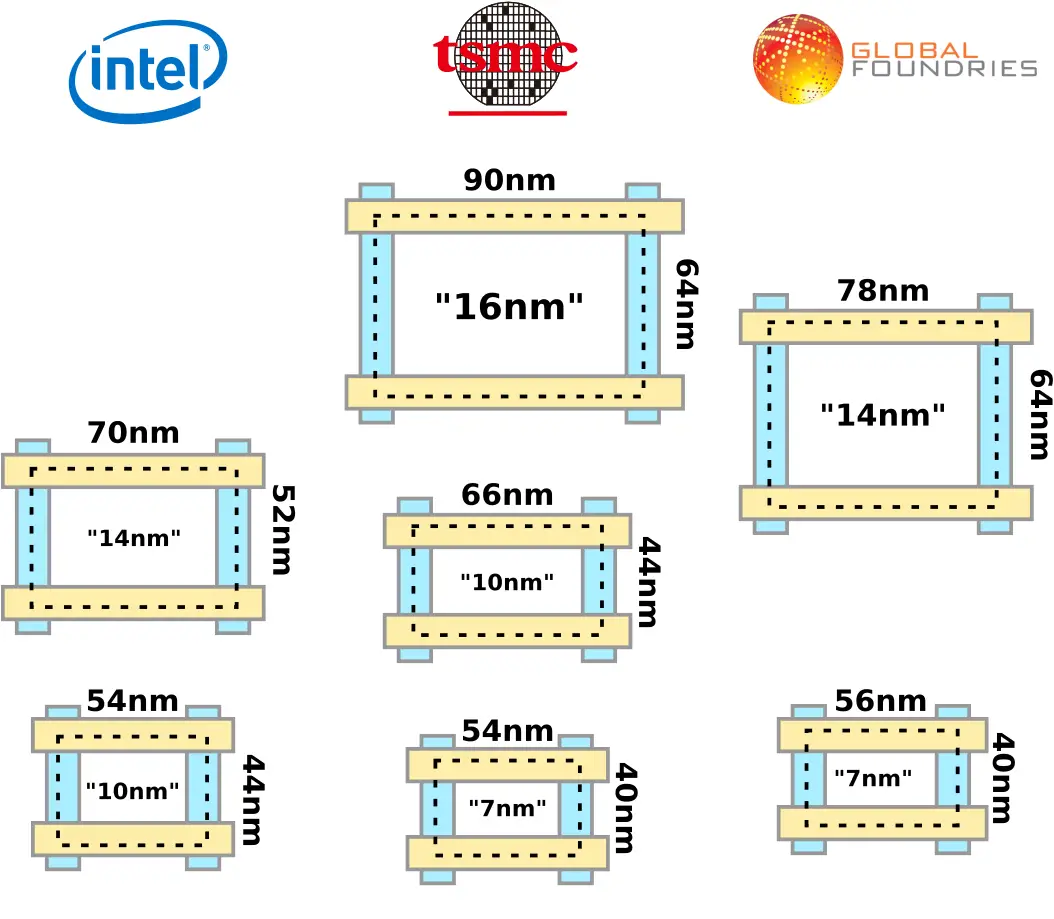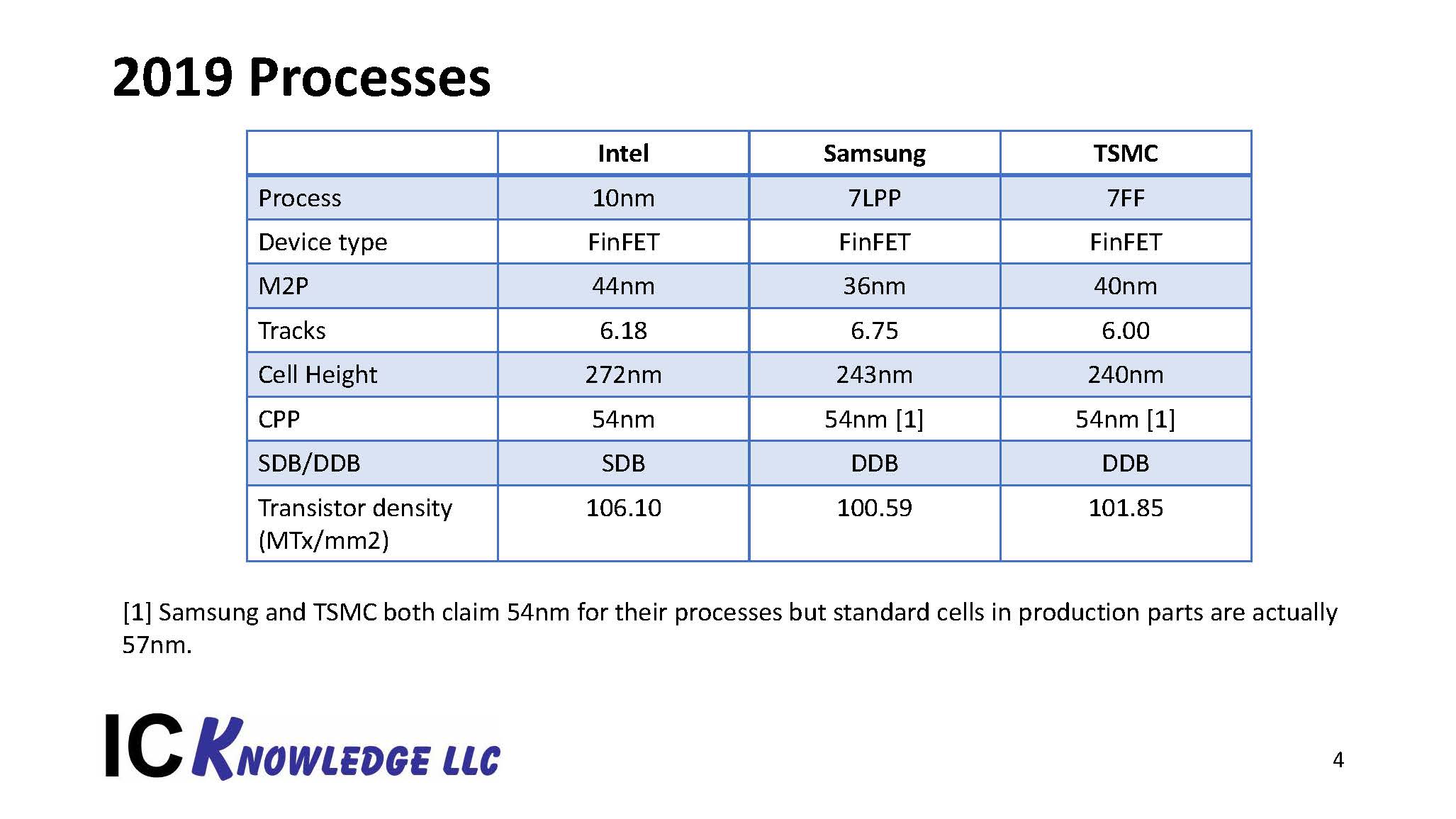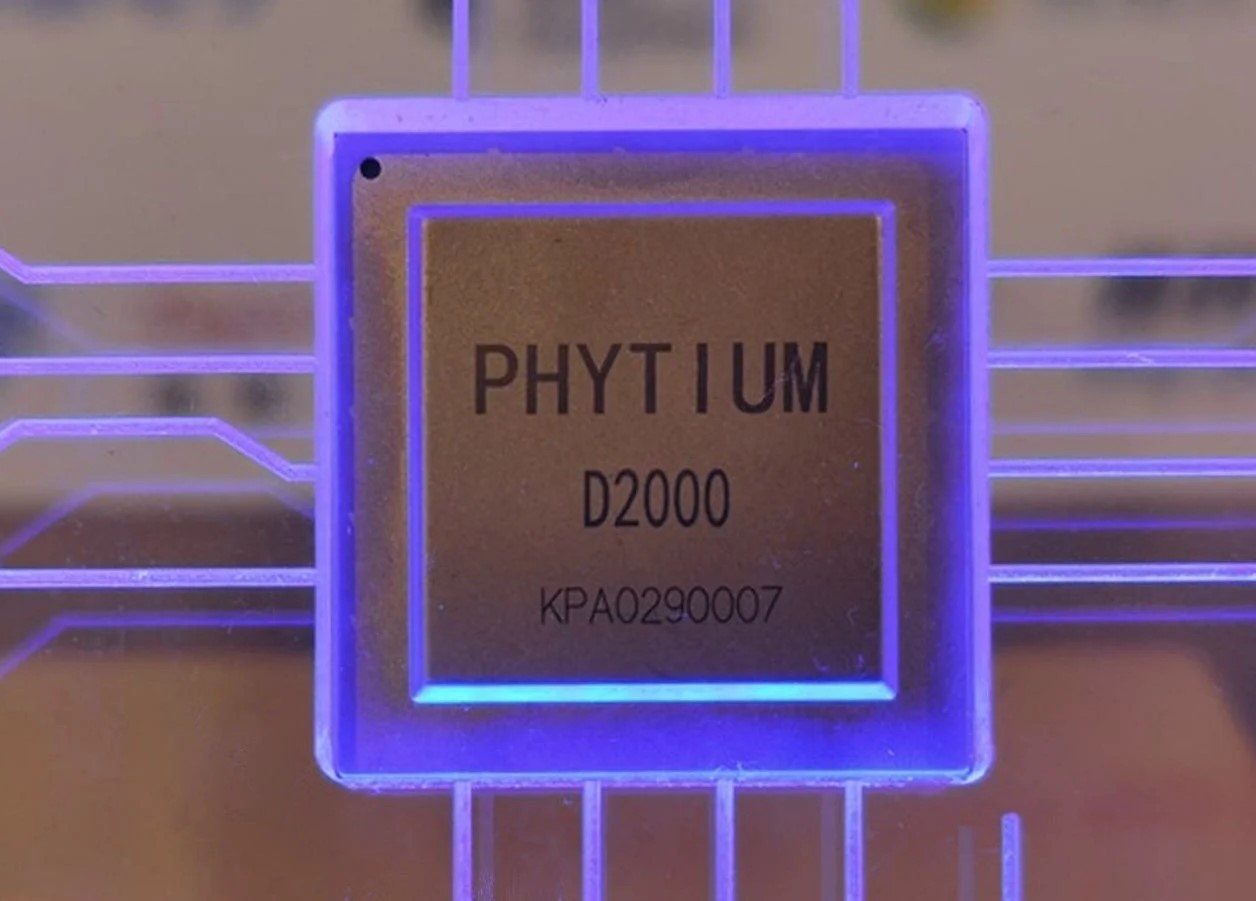We will see what happens when desktop high power apple chips are released and when companies like adobe release native versions of their apps. Right now the m1 hints that things are about to get ugly for x86.
Mac's are a closed ecosystem and they are expensive, there's a premium that they won't forgo specially if sales are growing and clients are satisfied - they'll more easily drop features you expect, to sell them back to you at an extra later on than step up their game just because. Their goal is not being in every computer, they want people to pay extra to have the privilege of having them.
Even if this thing was scalable to the rooftop and they could make a 64 core Mac Pro computer out of it seeing they don't need to, they won't (hence, them making a half size Mac Pro instead, just don't expect expandability to be the same as the required from a pro machine). If the x86 and ARM market weren't to react to the M1 you'll be stuck with M1-class performance for years as the focus will be on making the SoC cheaper for them and not increasing core count just because.
So it's not like you'll see a migration from people other than professionals (who don't mind the manufacturer deciding the supported life, limits features they can have and operating system of their device) and enthusiasts who don't oppose walled gardens (instead, mostly costumers who are part of that walled garden in some way shape or form, for instance, they already own iPhones/iPads).
For the M1 to make things hard for x86 directly it would have to be available to compete directly. It isn't and it won't be.
So, it'll drive interest in Windows for ARM and the like, and if powerful ARM competitors take a while to arrive, some devs
might opt to use it to develop for powerful ARM CPU's in mind. But this is not optimal, as you don't even have native Linux (and Windows) install support on these macs. And the RAM limit is ridiculous for some tasks, and it is ridiculous even if they double it.
Regardless, big developers (Adobe, Microsoft, Google, Autodesk) will likely be more ready than they would if a competitive enough ARM chip comes along (which even if it doesn't is likely to help on the entry market, as phone SOC's get more powerful they'll surely eat away entry markets like the Netbook/Atom/Chromebook ones.
I have no doubt will see interesting things with this architecture, and some competition is really welcome and good, to an otherwise stagnant market. But yeah - it is Apple, and their agenda, while usually copycatted by companies without a clear direction is not about what's best for the market or sharing. If core shrinks stop at 5nm for a few years, they have a very clear engineering rooftop and in a competitive market, will have to start doing things Intel has been doing when stuck on 14nm's for years.
I doubt Apple wants to surpass 150mm² per (desktop) chip, 200mm² tops if they are cornered. There are a few creative ways out, and I have no doubt they'll somehow manage, but by managing I mean they'll manage in regards to their needs.
That's actually exactly my point - they did come up with a series of chips that were highly competitive with the contemporary ARM parts, but then just let them wither on the vine by (presumably) not wanting to invest the money to keep them at a point where they were a plausible alternative to ARM. It's also worth pointing out that at one point Intel had by far the best performing ARM chips in the business, although that was largely by accident (Compaq sued Intel for patent violation of a bunch of patents they had obtained as part of the takeover of DEC, and the suit was settled by Intel buying the ex-DEC semiconductor IP from Compaq. As part of that, they got the rights to the StrongARM CPUs - but they did nothing with them and by the time they sold them on (to Marvell, IIRC) the rest of the market had caught up with them).
I personally think this low-effort approach is also why they are now under such threat from AMD.
Problem with that was mostly pricing. Intel has high margins of their own and limited production capacity, they weren't interested in going as low as other SOC's and theirs required further investment.
Also, their production capacity is insufficient, producing more Atoms cpu's would quickly mean producing less more profitable CPU's for them. The solution would have been outsourcing but they were very against it.
It was a doomed niche, when it proved that x86 wasn't a selling point on that market which I think Intel expected. Then I reckon they were really unstable internally, I remember the Atom team was disbanded or thought they would be disbanded several times, plus budget cuts.
But I do think some of that engineering surely made it back to Core iX processors.





